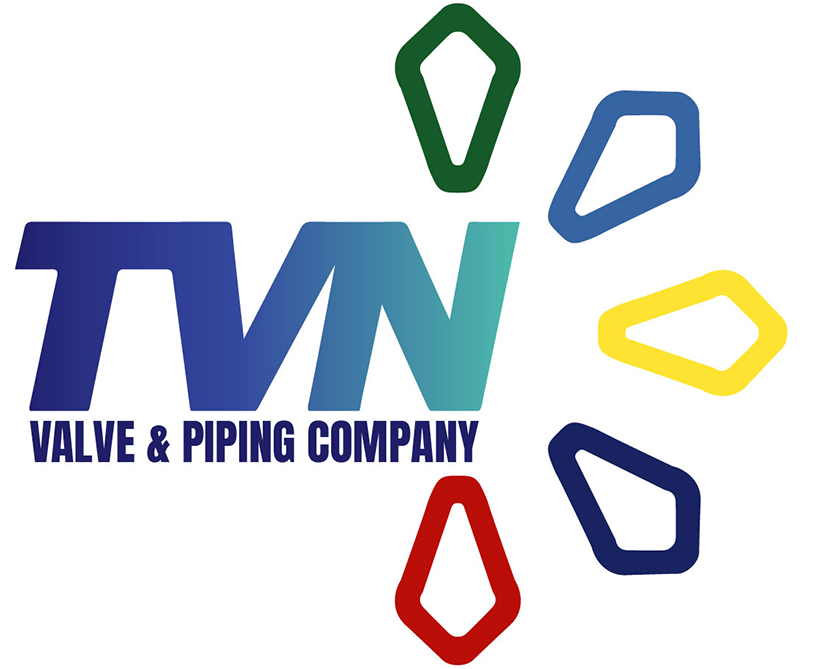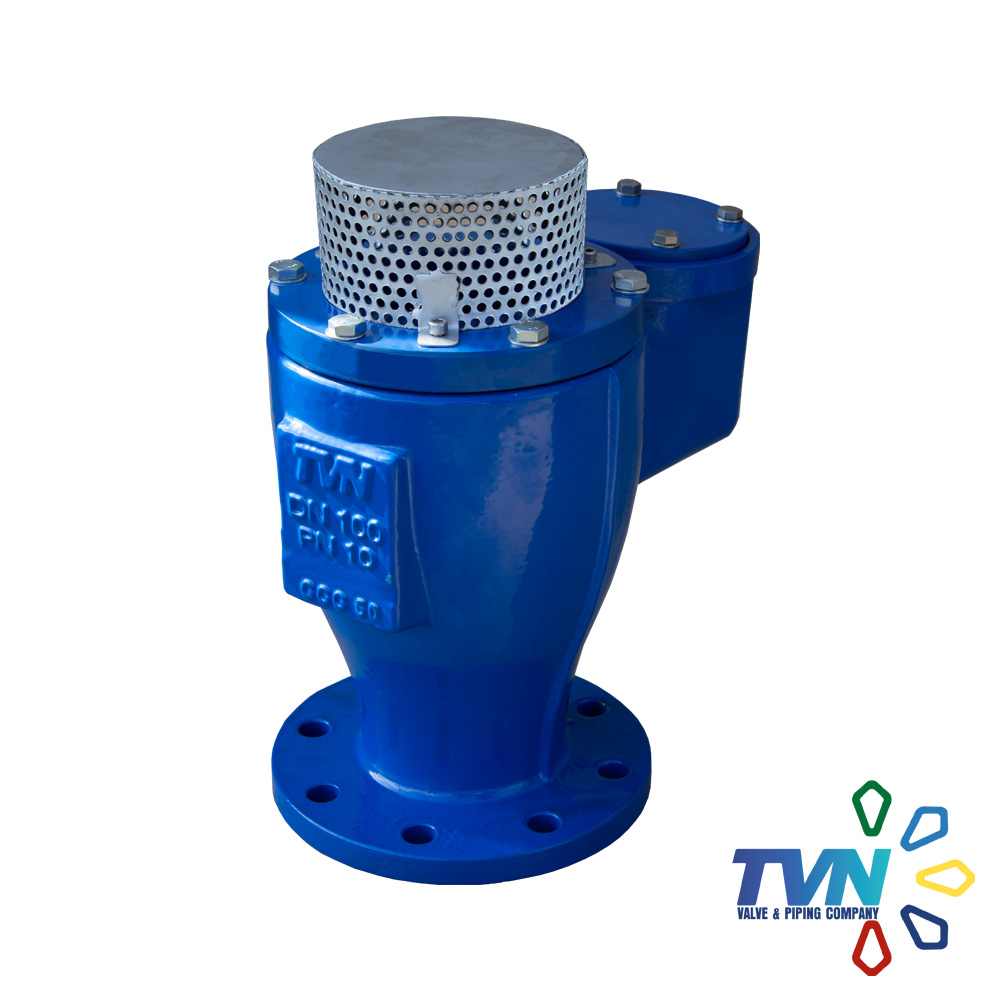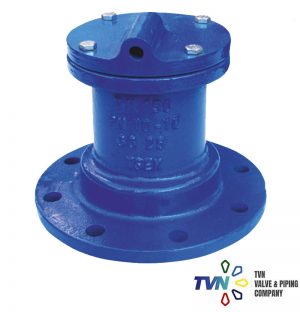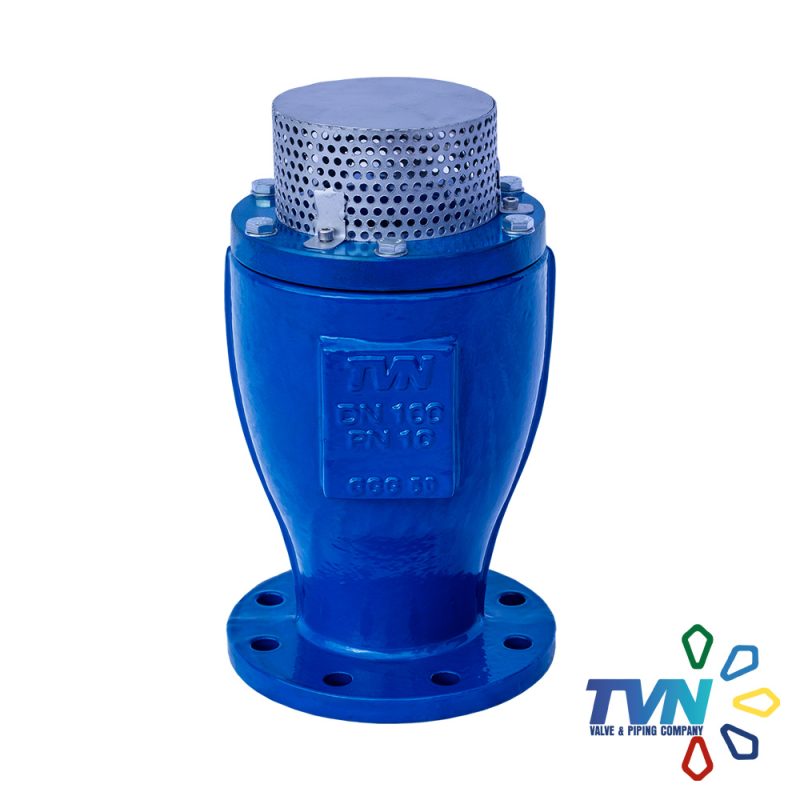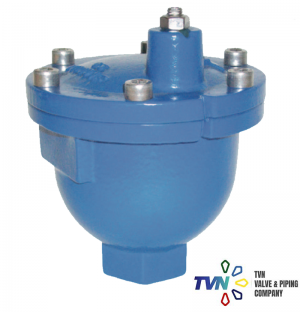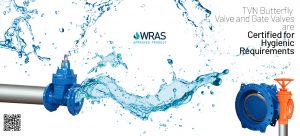Télécharger la fiche technique PDF
TVN V301 Ventouse Pour Eaux à Triple Fonctions est une vanne unique fonctionnant sans flotteur, utilisant le principe de la membrane roulante. Cette structure unique permet aux vannes dynamiques d’évacuer l’air du système d’eau de manière contrôlée et progressive, empêchant les claquements et les surtensions locales. Lorsqu’un vide se produit, la réaction rapide des vannes attirera de grands volumes d’air dans le système d’eau, empêchant les surtensions et, par conséquent, toutes les pressions dans la conduite. Les vannes sont normalement fermées lorsque la conduite ne fonctionne pas, empêchant ainsi l’infiltration de particules étrangères et d’insectes dans le système d’eau.
Air Release Valve Application Range
- Water transmission
- Water distribution
- Pump suction line
- Peaks and bottom points
- Next to by-pass valve
Related Products
- V151 Gate Valve Resilient Seated
- V106 Butterfly Valve Flanged
- V251 Dismantling Joint
Air Release Valve Product Features
- Float parts made of polyethylene, increase the corrosion resistance, hence increases service life.
- The polyethylene floats gives advantage for easier replacement.
- Ductile iron body increases the resistance against impacts.
- It is necessary to use air release valves on the peak points of the pipelines, in order to maintain the full flow of the water.
- If the air vacuum via air release valve is less than the discharged water amount, the pipeline will face the risk of torsion.
- Fully coated body and bonnet, meets the hygienic requirements of the potable water networks. (WRAS coating optional)
- Double orifice air release valve is installed on the pipe by a flange, release the air received from its outlet through the orifices located above the float parts.
- When the air release function is completed, the floats travel upper part with the water force and close the orifice outlet, thus preventing the leakage of water.
- Flange connections according to EN1092-2/ISO 7005-2. Working pressure range from 0.2 to 16 bar.
- Hydrostatic test pressure for seat: PN x 1.1 , for shell: PN x 1.5 according to EN 12266-1.
